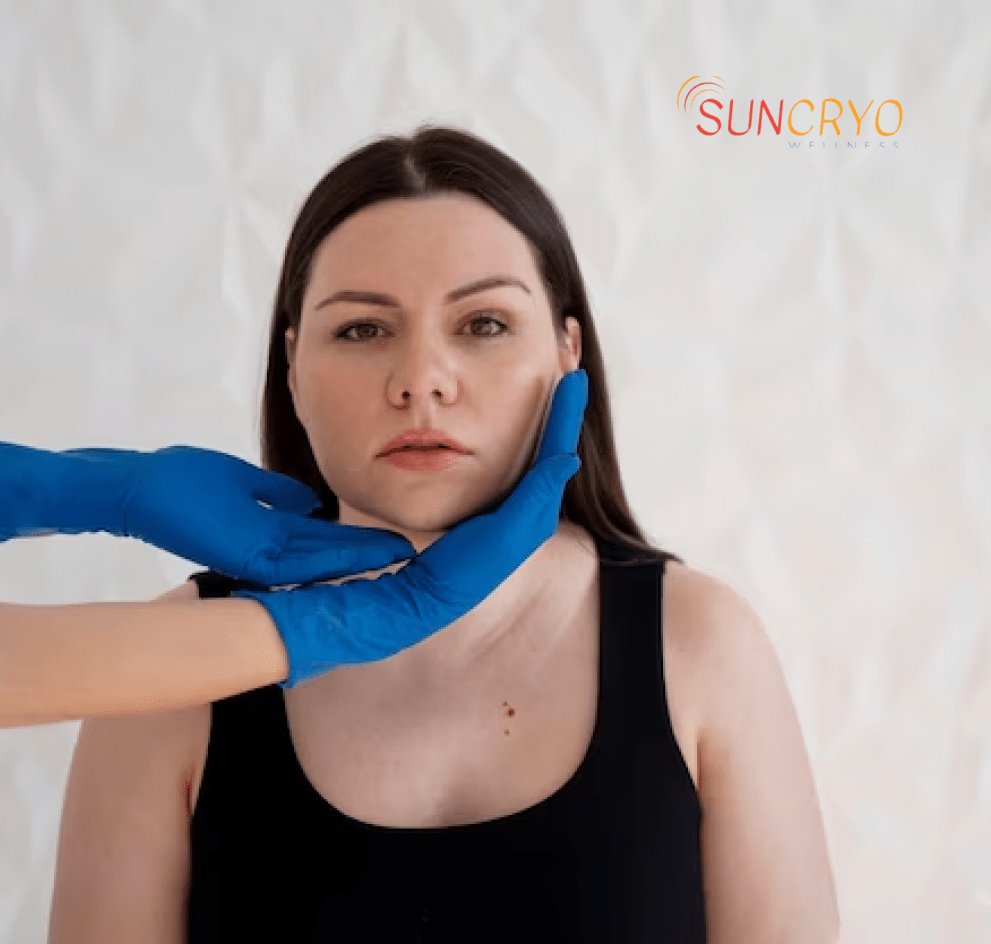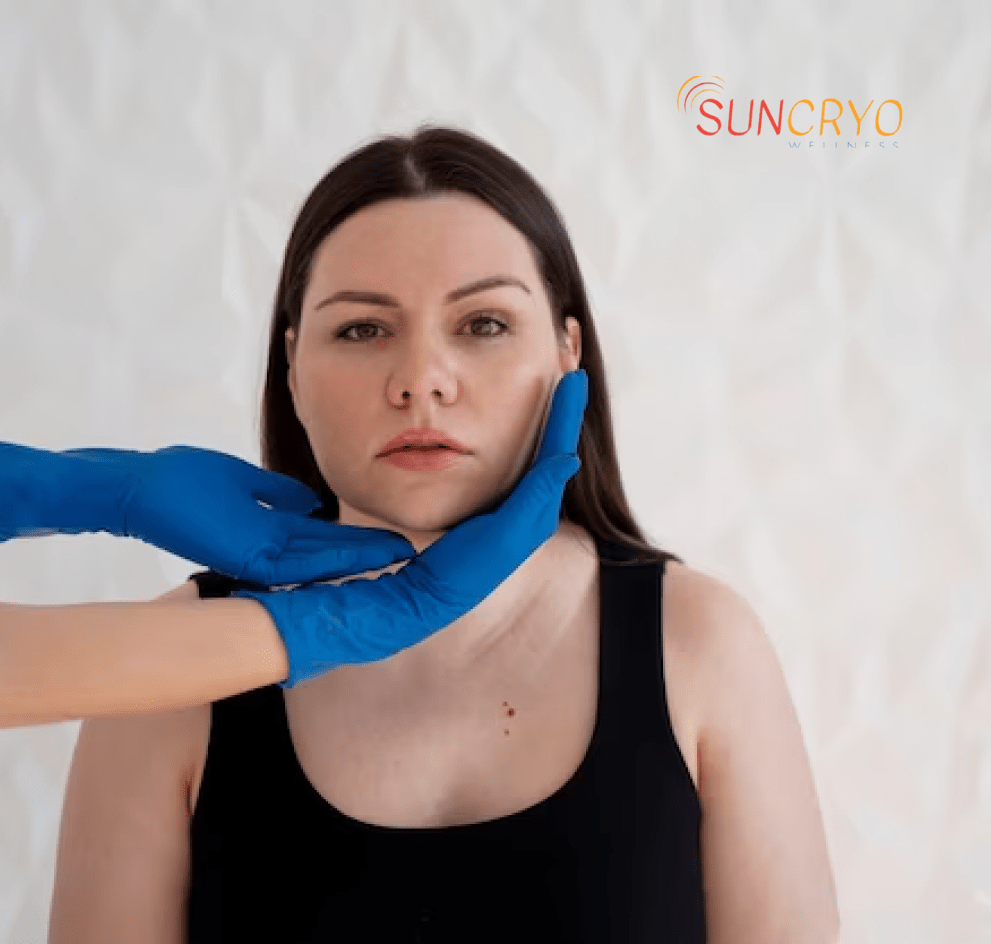Movement Therapy vs. Botox

In the realm of stroke rehabilitation, there are two prominent approaches that hold the potential to improve the lives of those affected: Constraint-Induced Movement Therapy (CIMT) and Botox treatment for spasticity. Both methods offer distinct benefits and considerations, catering to different aspects of stroke recovery. In this comprehensive guide, we delve into the intricacies of Constraint-Induced Movement Therapy and Botox treatment for spasticity after stroke, shedding light on their mechanisms, applications, and comparative effectiveness. https://georgetownsuncryo.com/
Understanding Constraint-Induced Movement Therapy (CIMT)
Constraint-Induced Movement Therapy, often abbreviated as CIMT, is a proven therapeutic approach aimed at restoring motor function and enhancing the overall quality of life in stroke survivors. This method operates on the principle of neuroplasticity, which highlights the brain’s remarkable ability to reorganize itself in response to learning and experience.
The Principles of CIMT
CIMT involves constraining the unaffected limb while intensively training the affected limb. This strategic limitation compels the brain to rewire itself, assigning a greater portion of neural resources to the impaired limb’s motor control. With targeted, repetitive exercises, stroke survivors gradually regain motor skills, fostering functional independence.
The Rehabilitation Process
The rehabilitation process under CIMT typically comprises structured activities and exercises that challenge the affected limb’s capabilities. These may include gripping, reaching, and manipulating objects of varying sizes and textures. The therapy’s intensity and duration are tailored to the individual’s needs and progress, ensuring optimal results.
Advantages of CIMT
- Neuroplastic Rewiring: By encouraging neuroplasticity, CIMT facilitates significant improvements in motor function.
- Functional Independence: Stroke survivors often experience enhanced daily living activities and reduced reliance on assistance.
- Long-Term Benefits: The effects of CIMT can persist beyond the therapy period, leading to sustained progress.
Botox Treatment for Spasticity After Stroke
Botox treatment has gained recognition as an effective intervention for managing spasticity—a common post-stroke condition characterized by muscle stiffness and involuntary contractions.
Mechanism of Action
Botox, derived from the bacterium Clostridium botulinum, functions by blocking the release of acetylcholine—a neurotransmitter responsible for muscle contraction. By inhibiting acetylcholine release, Botox temporarily relaxes the affected muscles, alleviating spasticity and promoting smoother movement.
Administration and Effects
Botox is administered through targeted injections directly into the affected muscles. The procedure is relatively quick and minimally invasive, with noticeable effects manifesting within days to weeks. Patients often experience an increased range of motion, reduced pain, and improved comfort.
Considerations and Duration
It’s important to note that Botox treatment is temporary, typically lasting for several months. As such, periodic injections are necessary to maintain the therapeutic benefits. Additionally, individual responses to Botox may vary, necessitating tailored treatment plans.
Comparing CIMT and Botox: Choosing the Right Approach
Selecting the Optimal Approach
The decision between Constraint-Induced Movement Therapy and Botox treatment hinges on several factors, including the severity of spasticity, the individual’s overall health, and their rehabilitation goals. Collaborative discussions involving medical professionals, therapists, and patients are crucial in determining the most suitable intervention.
Synergistic Approach
In some cases, a synergistic approach that combines CIMT and Botox treatment can yield exceptional outcomes. By leveraging the strengths of both methods, stroke survivors may experience comprehensive improvements in motor function, muscle tone, and overall well-being.
The Road to Recovery: Personalized Choices
In the dynamic landscape of stroke rehabilitation, the journey to recovery is highly individualized. Constraint-induced movement Therapy and Botox treatment for spasticity each offer unique advantages, catering to specific needs. By aligning with qualified healthcare professionals, stroke survivors can make informed decisions that empower their quest for improved mobility, independence, and a better quality of life. https://georgetownsuncryo.com/
conclusion
The choice between Constraint-Induced Movement Therapy and Botox treatment for spasticity after stroke depends on various factors. While CIMT capitalizes on neuroplasticity to enhance motor function and independence, Botox treatment offers targeted relief from spasticity through muscle relaxation. By understanding the nuances of each approach and potentially considering a synergistic combination, stroke survivors and their healthcare teams can pave the way for an optimal recovery journey.
Remember, the path to recovery is unique for every individual, and consulting with medical professionals is essential to make informed decisions tailored to specific circumstances. https://www.medicalnewstoday.com/articles/320510
